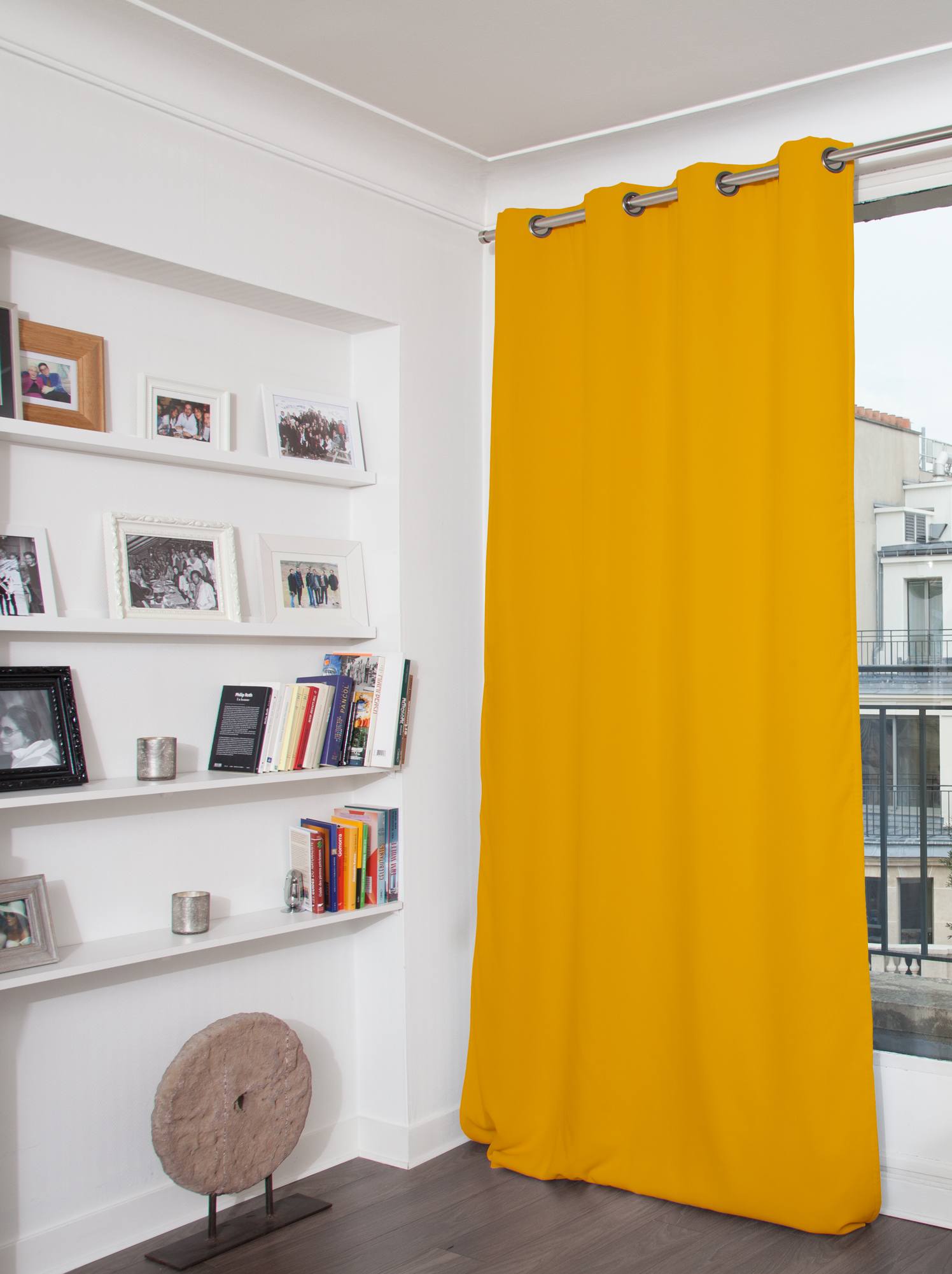Sound absorption with style – create a harmonious sound environment with sound-absorbing panels
Sound-absorbing panels are an effective and stylish solution for improving acoustics in various environments. By absorbing sound waves, they reduce reverberation and echoes, creating a more pleasant sound environment. Hard surfaces such as walls, windows, and ceilings reflect sound and can contribute to disruptive acoustics, especially in larger or sparsely furnished spaces. With sound-absorbing panels, you can reduce these sound reflections while adding an aesthetic dimension to your interior design.
Create a quieter and more pleasant environment
Poor acoustics are a common problem in both homes and public environments. In open-plan offices, restaurants, conference rooms, and living spaces, noise levels can quickly become stressful. Sound-absorbing panels work by capturing sound waves and reducing disruptive noise, resulting in a calmer and more harmonious atmosphere. By strategically placing these panels on the walls, you can optimize sound absorption and create a more balanced soundscape.
Suitable for all types of environments
Sound-absorbing panels are a versatile solution that is suitable for many different environments:
Home
Reduce echoing sounds in living rooms, bedrooms, and home offices for a more relaxed atmosphere.
Offices and conference rooms
Improve the working environment by reducing distracting noise and creating a more focused workplace.
Restaurants and cafés
Reduce background noise and create a more pleasant experience for guests.
Studios and music rooms
Improve sound quality and reduce unwanted reverberation.
Public spaces
Optimized acoustics in waiting rooms and hotel lobbies, for example, create a more welcoming environment.
Style meets function
In addition to their sound-absorbing function, these panels offer an aesthetic advantage. With a variety of motifs, they can be adapted to the interior design and contribute to a harmonious atmosphere. Choose from city motifs, nature-inspired images, or abstract designs to find a style that complements your interior design while improving the sound environment.







